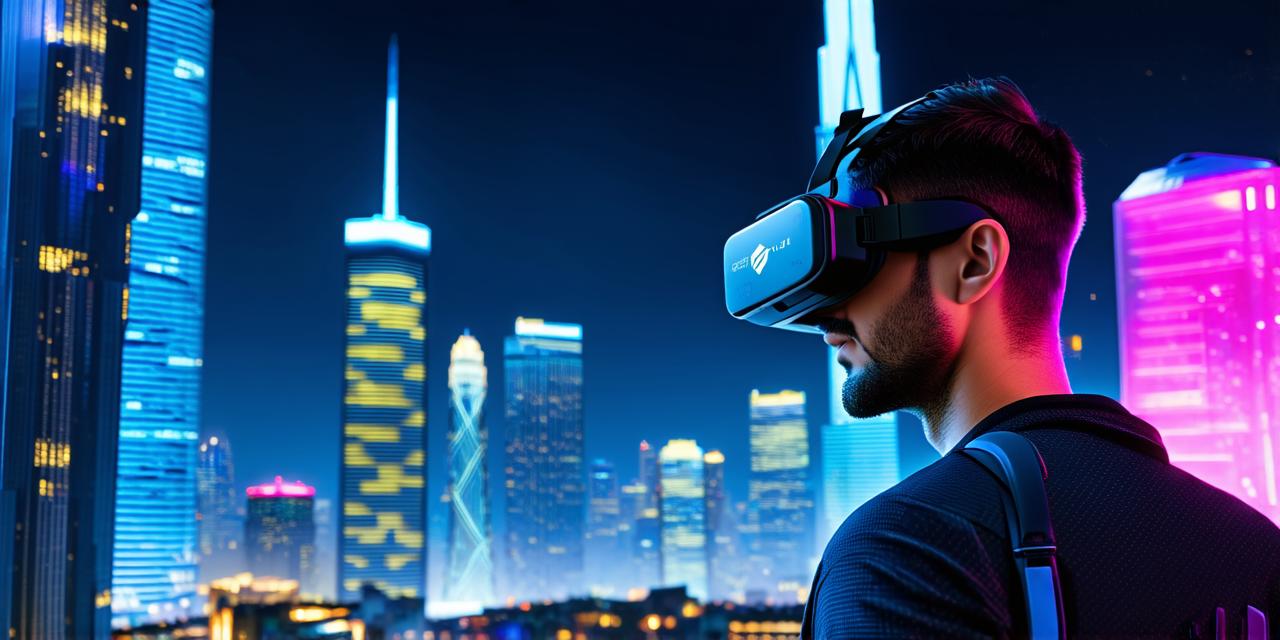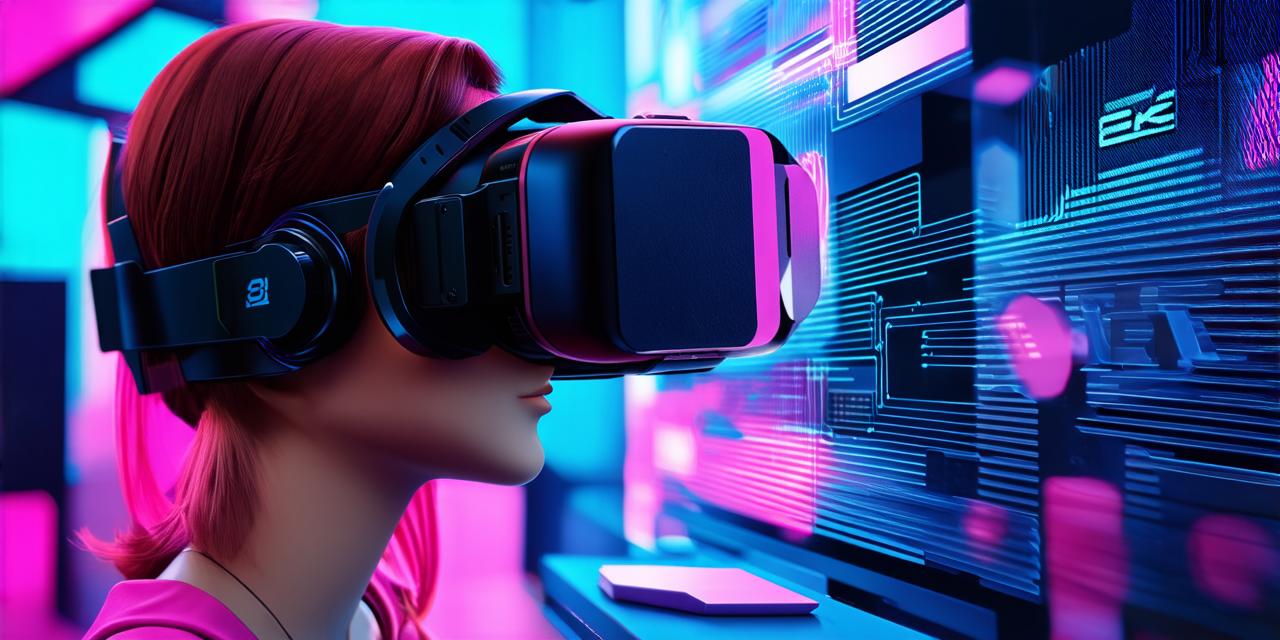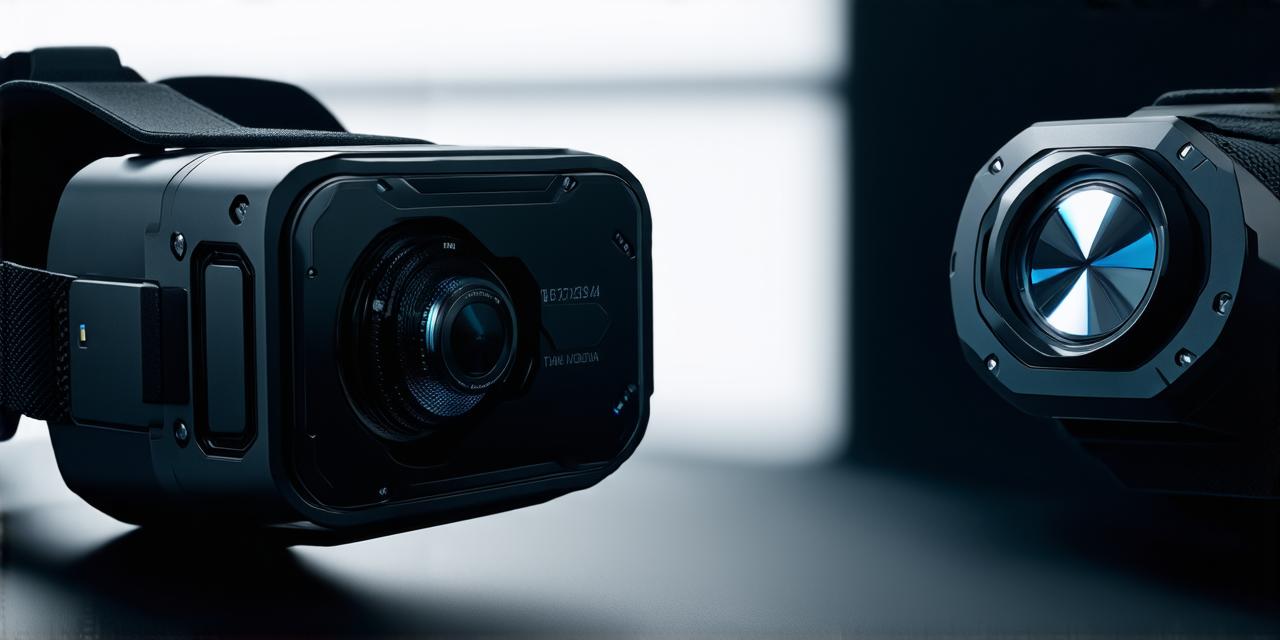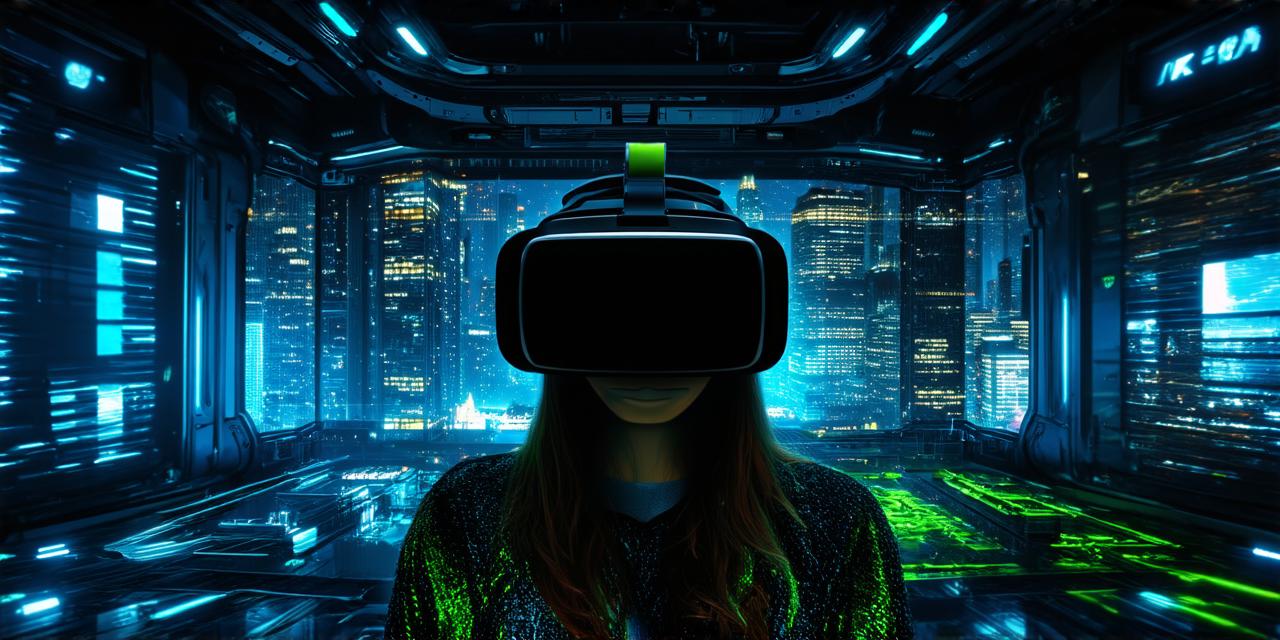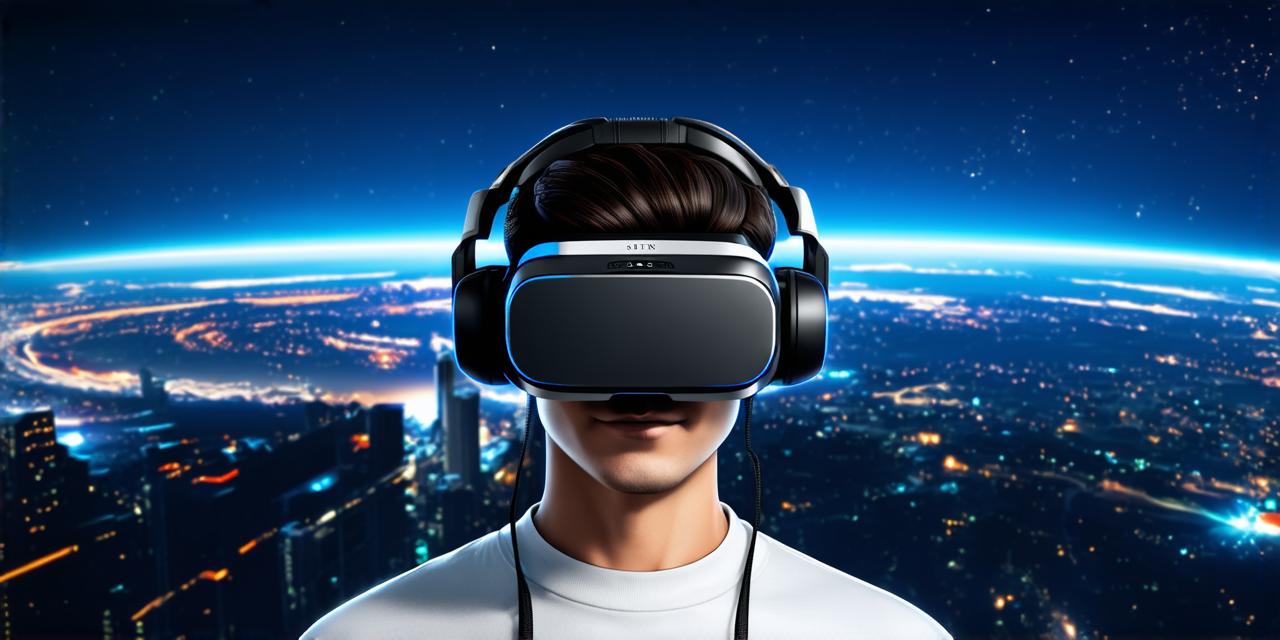Virtual reality (VR) technology has been around for decades, but it’s only in recent years that we’ve seen a rapid rise in VR adoption. This is largely due to the advancements in technology that make VR more accessible and affordable than ever before.
Hardware Components
Virtual reality hardware consists of several components that work together to create an immersive experience for the user. The first component is the head-mounted display (HMD), which is worn on the user’s head and displays a 3D image in front of their eyes. This creates a sense of presence and immersion, allowing the user to feel like they are in a different world.
The HMD typically includes sensors that track the user’s movement and adjust the image accordingly. This allows the user to look around and interact with virtual objects in a natural way. Other hardware components include motion controllers, which allow the user to interact with virtual objects using hand gestures, and headphones, which provide audio feedback to enhance the immersive experience.
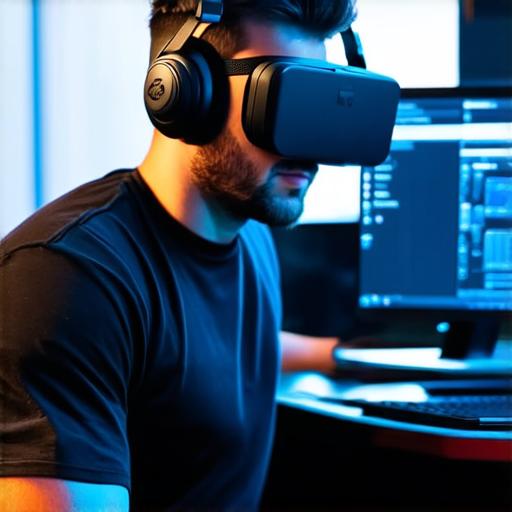
Software Components
Virtual reality software is what brings all of these hardware components together to create a seamless experience for the user. There are several key software components that power VR technology:
- Game engines: Game engines like Unity and Unreal Engine are used to create interactive virtual environments. They provide a framework for developers to build VR experiences, including 3D models, animations, and physics simulations.
- Content creation tools: Content creation tools like Maya and Blender are used by artists and designers to create assets for VR experiences. These tools allow developers to create high-quality, realistic 3D models and textures that enhance the immersive experience.
- Operating systems: Operating systems like Windows and macOS provide a platform for VR applications to run on. They include drivers and APIs that allow VR hardware to communicate with the software running on it.
- Networking protocols: Networking protocols like TCP/IP and UDP are used to transmit data between VR devices and servers. This allows multiple users to interact with the same virtual environment in real-time, making collaborative experiences possible.
Powering Virtual Reality Applications
Virtual reality applications can be powered by a variety of technologies, depending on the specific use case. For example, VR games typically require powerful graphics processors and fast internet connections to provide smooth gameplay and low latency. On the other hand, educational VR experiences may require less processing power but may require specialized content creation tools to create interactive lessons and simulations.
One of the key challenges in powering VR applications is ensuring that they run smoothly and without lag or stuttering. This requires careful optimization of the software and hardware components, as well as the use of advanced networking protocols to transmit data quickly and efficiently between devices.
Case Studies: Virtual Reality in Real-World Applications
Virtual reality technology is being used in a variety of real-world applications, from healthcare to manufacturing to entertainment. Here are a few examples:
- Healthcare: VR is being used in medical training to provide realistic simulations for doctors and nurses to practice their skills. It’s also being used in therapy for patients with PTSD, anxiety, and other mental health conditions.
- Manufacturing: VR is being used to simulate production processes and identify potential issues before they occur. This can help reduce costs and improve efficiency.
- Entertainment: VR games are becoming increasingly popular, providing a highly immersive gaming experience that can’t be replicated on traditional consoles or PCs. VR is also being used in movies and TV shows to create realistic special effects and immersive storytelling experiences.
The Future of Virtual Reality Technology
Virtual reality technology is still in its early stages, but it’s already having a significant impact on the way we interact with the world around us. As hardware and software continue to improve, we can expect to see even more innovative uses for VR technology in the future.
